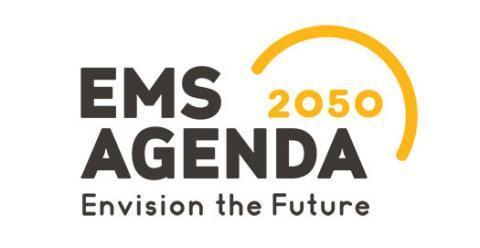After two years of gathering information from many key stakeholders, a document/vision has been put together called, “EMS Agenda 2050: A People-Centered Vision for the Future of Emergency Medical Services”. In the document, there is a vision of where EMS services should transform from now till 2050 and beyond. There are some bold statements made in the document and some pros and some cons such as the suggestion for the privatization of paramedic services. From a BrighterSight perspective, there is mention of integrating technology into the future operational needs of paramedic services. Below is a snippet from the document as it related to integrated technology.
Integrated technology and artificial intelligence provide situational awareness and decision support. Real-time and predictive information is delivered to emergency medical communicators and first responders prior to their arrival on the scene, including video and sensor data provided by patients, bystanders or even devices such as drones. With this information, responders are better able to assess the safety of a scene and determine what resources might be needed early in the response. Wearable devices alert providers to any potential safety hazard, from threats including nuclear, chemical or biological contamination to personal health issues that might impede their performance, such as heat exhaustion or excessive fatigue. Real-time, automated artificial intelligence supports provider decision-making by analyzing information instantaneously, including data from patient records, diagnostic equipment and other inputs.
The privatization part has drawn some major debates over the government’s vision of merging ambulance service. Outside of this and focusing on just the vision for technology integration, it aligns with what BrighterSight believes will be the future of technology for EMS.
